Beginning My Love Affair with Italian Genre Cinema: 40 Years of Dario Argento’s Suspiria (1977)

Dario Argento’s first and best entry into his Three Mothers Trilogy, his 1977 masterpiece Suspiria, is the quintessential example of his supernatural horror work, which began my love affair with Italian genre cinema. It is a mesmerizing, virtuoso, psychological journey into maddening terror – a high art hypnotic exploration of a living waking nightmare.
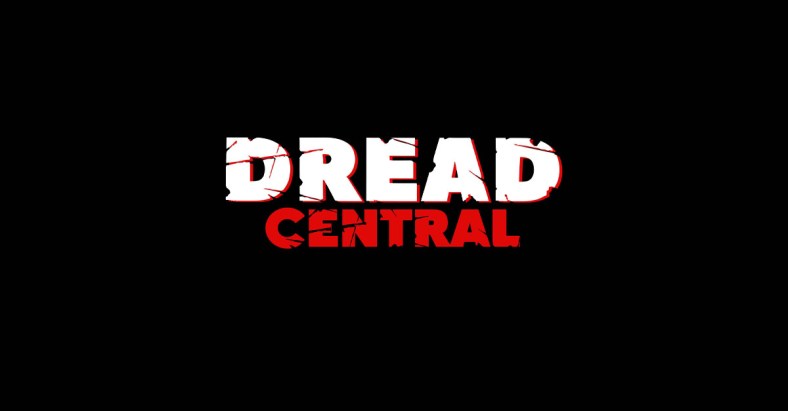
The opening sequence of events sums this up perfectly. The title credits subject us to a nauseating soundtrack, which will remain present over the course of the film. Chilling and shock inducing, it incorporates a haunting vocal cocktail of groans, hisses, howls, screams, whines and whispers, fused with progressive rock, which is expertly composed by Italian band Goblin. Their performance contributes significantly to a constant atmosphere of dread, and they play a pivotal role in Argento’s body of work with several other compositions. After the title card, we hear a narration telling us of the film’s protagonist, a young American ballet dancer named Suzy Bannion (Jessica Harper). She has decided to perfect her studies at the world-renowned dance academy of Freiburg in Germany. This establishes the director’s Brothers Grimm-like, fairytale-esque approach to the proceedings.
http://www.youtube.com/watch?v=pins1y0XAa0
From the outset, when the lone Suzy is leaving the arrival lounge of Munich Airport, we see the primary vivid colors the director employs throughout with the cinematography’s expressionist lighting schemes and stylized production design, which is supplemented by strange shapes and uneven symmetry to reflect the distortion of reality. We can see in the background, the arrival lounge luminously highlighted in red, a color that is used to emphasize upon blood and death in crucial scenes; signifying here, that Suzy is in mortal danger of her life. Other colors used at specific moments are blue – isolation and the coldness of death, and green – witchcraft.

As Suzy makes her way out of the airport, Goblin’s score kicks back in ever so briefly, as the camera goes to her point of view as she makes her way closer to the exit. When the camera goes back to a close-up of Suzy, the soundtrack abruptly disappears, and then returns as the camera goes back to a POV tracking shot one last time, as she is just about there. Going to a mid-shot of Suzy just before she makes her way out, we then get an extreme close-up of the intricate workings of the electric doors as they open, and Goblin’s dreaded score returns – remaining predominately throughout most of this set-up – as Suzy finds herself in a thunderous rainstorm. Dario Argento magnifies every little detail as Suzy steps out into the unknown. Getting into a taxi, she has just embarked on her nightmarish adventure. The interior of the taxi is also lighted in red.

As Suzy’s taxi pulls up outside the academy and she gets out, we see a young woman opening the doors, and then shouting and fleeing in fright, but for us the storm drowns out the sound of her voice. Later we learn that Suzy could make out parts of what she was saying, and eventually it all comes back to her. When she realizes the significance it all has, it turns out to be the key to the whole mystery that surrounds the place. After she presses the buzzer, the woman on the other end of the speaker turns her away, so she gets back into the taxi, and presumably finds a room to stay for the night.

This is where the rest of the set-up’s focus shifts to the woman running away, which leads to one of the director’s most memorable and breathtaking elaborate murder set-pieces, which is pitch-perfect in its execution, and is the first of four such masterful sequences including the finale. Argento makes an art of death with his awe-inspiring stylistic set-pieces, entailing panache cinematography and perfectly timed choreography; everything is set-up as a grand spectacle as if to celebrate the acts of his gruesomely created murders that thrills us and sends shivers down our spines.
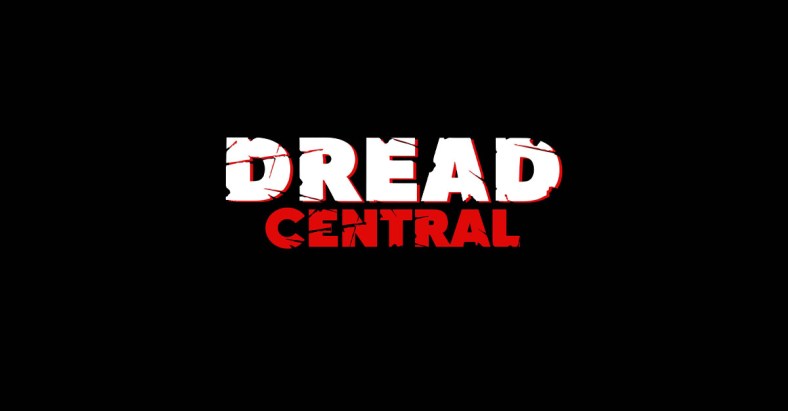
Over the course of the film, using anamorphic lenses, the director plays with fluid camera movements and distances with long shots, tracking shots, and high angles to illustrate the vulnerability and helplessness of the victims, and to enhance the atmosphere of the fear of the unknown. He also uses a Gothic setting for the dance academy, harking back to early horror, and employs its codes and conventions with long dark corridors, curtains blowing in the wind, the duality of light and dark, etc.
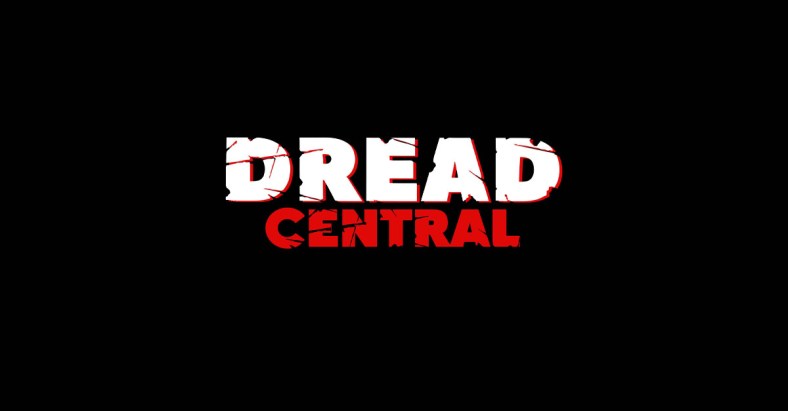
This was Dario Argento’s first foray into supernatural horror after four giallo features, and here he carries over many of the elements that make up these violent mystery thrillers. Suzy is the stranger in a foreign land, who finds herself caught up in a murderous rampage that entails graphic murder set-pieces. There is a mystery for our heroine to solve, which involves a secret lair where the old hag villainess dwells. The antagonists here are not made up of characters rooted in realism – blackmailers, jealous husbands and wives, sociopaths, etc. Here we have a witch who is the director of the dance academy, along with her coven of evil followers. This is a big stamp of the genre’s influence on the narrative structure, and what with the fantastical aspects, it can be argued that the film is “giallo-fantastico”.
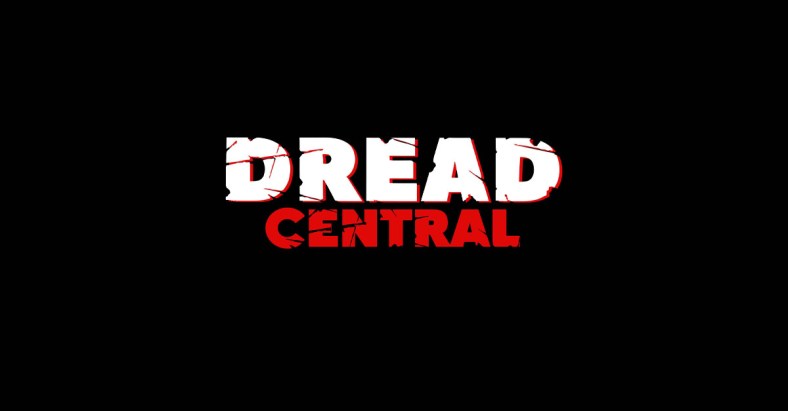
I have only two gripes, and they are minor. Firstly, the English dubbing is atrocious. Secondly, Argento’s initial intension was for the ballet school to be for 12-year old girls. However, the executive producer, his father Salvatore Argento, vetoed this idea, as this much violence involving such young children being murdered would have resulted in an outright ban. Therefore, the director rose the ages to 20-year old women, but he did not change the screenplay he co-wrote with Daria Nicolodi, so the characters act naively and deliver childlike dialogue. This grates, but to be fair, it only adds to the fairy-tale influence. Aside from these nitpicks, the film is flawless in its composition.
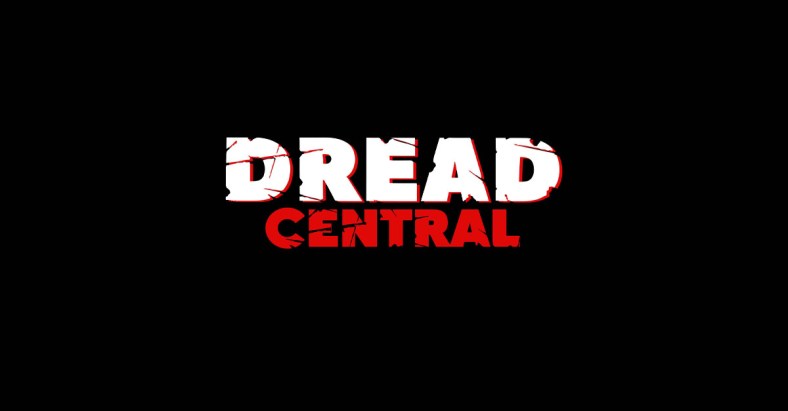
My first viewing of the film was in 2002, when it was shown as part of the Shocking Cinema module of an A Level Film Studies course at the college where I was studying, while I was still living in London, England. I would then investigate Dario Argento’s filmography. Three of his gialli – The Bird with the Crystal Plumage (1970), Deep Red (1975), and Tenebre (1982) – would also become firm favorites of mine. I would then discover the legendary innovator of the giallo genre and master of the Macabre, Mario Bava. I would become a fan of the works of Ruggero Deodato, Umberto Lenzi, Sergio Martino, etc. I would also delve deeper into the works of Lucio Fulci, and ultimately become a fan, despite my disappointment of 1979’s Zombie Flesh Eaters, which I actually saw a few years before Suspiria (this is a story for another time). I owe a great debt to Argento and Suspiria for beginning my love affair with Italian genre cinema.
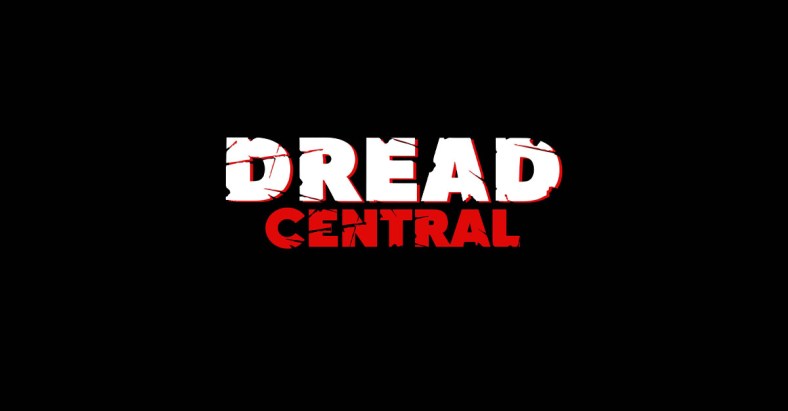
Dario Argento would continue the theme of merciless evil forces breaking through into our world in his Three Mothers Trilogy, with 1980’s very good, but not as good Inferno, and 2007’s simply not good Mother of Tears. It is Suspiria that is the crown jewels of the trilogy. Having celebrated its 40th anniversary this year at the time writing, and what with Luca Guadagnino’s remake releasing soon, it remains a work of sheer energetic artistry. The visual and sound techniques provoke our fears, thrusting us into a stylish, nightmarish fairy-tale that looks and feels just like a real nightmare; it is as if it is actually in our subconscious but we cannot wake up from it. Plot and characterization plays a secondary role, and it lacks any moral or political sub-text, as Argento’s intension is purely to make a truly frightening experience. Suspiria is a landmark masterpiece in surrealistic fantasy terror.
Categorized:News Retrospectives

